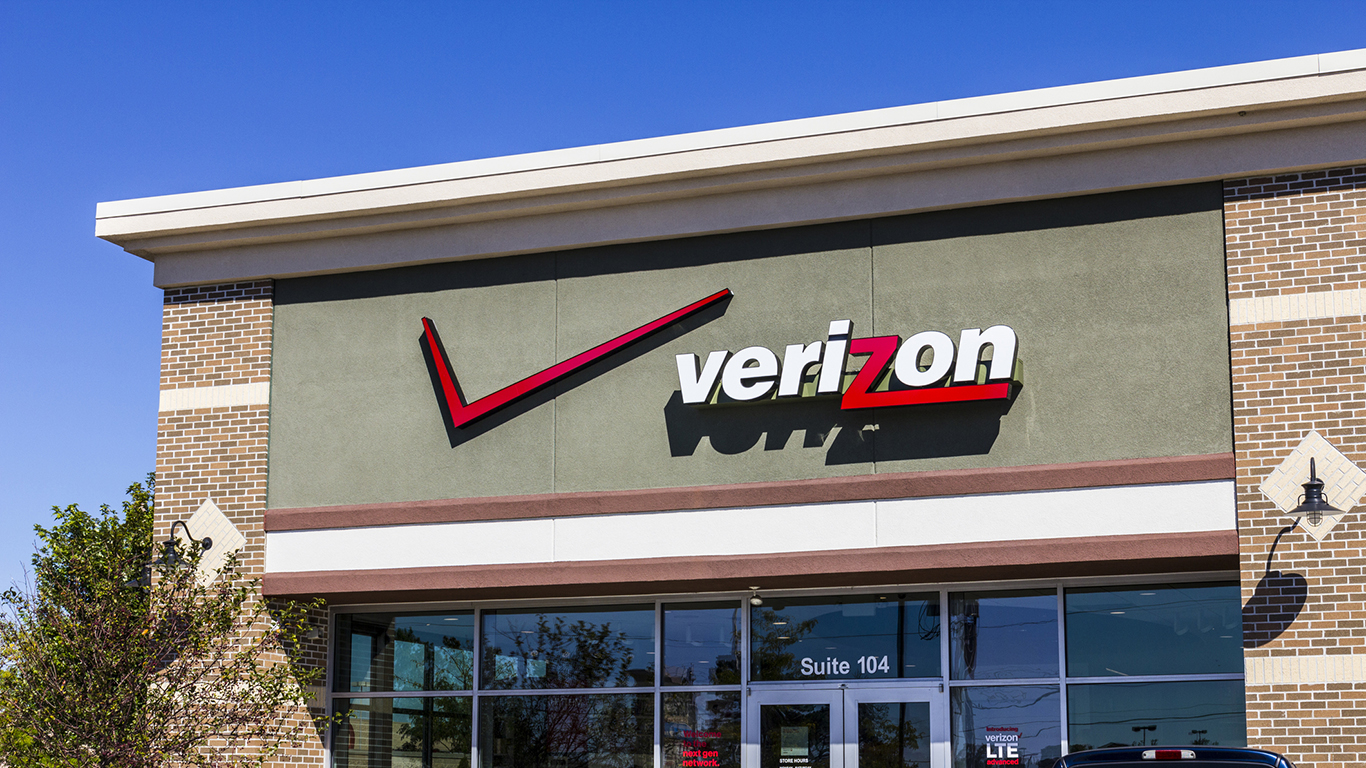
PG&E Corp. (NYSE: PCG) is a utility that is too shaky for almost any type of investor. After all, the utility sector is supposed to be very defensive and come with solid and predictable dividends. When a utility is based in California and appears to be the prime cause of more than one natural disaster, look out below.
The woes of PG&E are not new. What’s new for the current news cycle is that its shares fell almost 30% on Monday to a low not seen since early in 2019 after news that a California court has ruled that PG&E will have to face a jury trial to determine whether it is liable for financial damages caused by the Tubbs fire of 2017.
A report from the Wall Street Journal on Friday indicated that investigators concluded that PG&E equipment did not spark the Tubbs fire, but attorneys representing insurers and victims of that fire have said that they can prove PG&E caused it.
As of now, PG&E has received a ruling that the company can control its own bankruptcy plan. How any future cases will play out over how its bankruptcy exit remains to be seen. The Tubbs fire of 2017 was bad enough, but the Camp fire from 2018 was exponentially more devastating in fatalities and in structures destroyed an in acres burned.
Perhaps the biggest scare-headline in Monday’s trading session was a downgrade from Citigroup. The brokerage firm dropped its rating to Sell from Buy and slashed its $33 target price to just $4. That is quite a reversal of an opinion.
One additional issue to consider is that PG&E’s short interest was last seen at about 34.1 million shares. That represented almost five days to cover as of the end of July.
Shares of PG&E opened down over 25% at $10.45 on Monday, after a $14.28 close on Friday, and its 52-week range is $5.07 to $49.42.
The stock was last seen down 26.8% at $10.45, and the 28.5 million shares that had traded hands after about 90 minutes of was nearly four times normal trading volume.
Travel Cards Are Getting Too Good To Ignore (sponsored)
Credit card companies are pulling out all the stops, with the issuers are offering insane travel rewards and perks.
We’re talking huge sign-up bonuses, points on every purchase, and benefits like lounge access, travel credits, and free hotel nights. For travelers, these rewards can add up to thousands of dollars in flights, upgrades, and luxury experiences every year.
It’s like getting paid to travel — and it’s available to qualified borrowers who know where to look.
We’ve rounded up some of the best travel credit cards on the market. Click here to see the list. Don’t miss these offers — they won’t be this good forever.
Thank you for reading! Have some feedback for us?
Contact the 24/7 Wall St. editorial team.
 24/7 Wall St.
24/7 Wall St.
